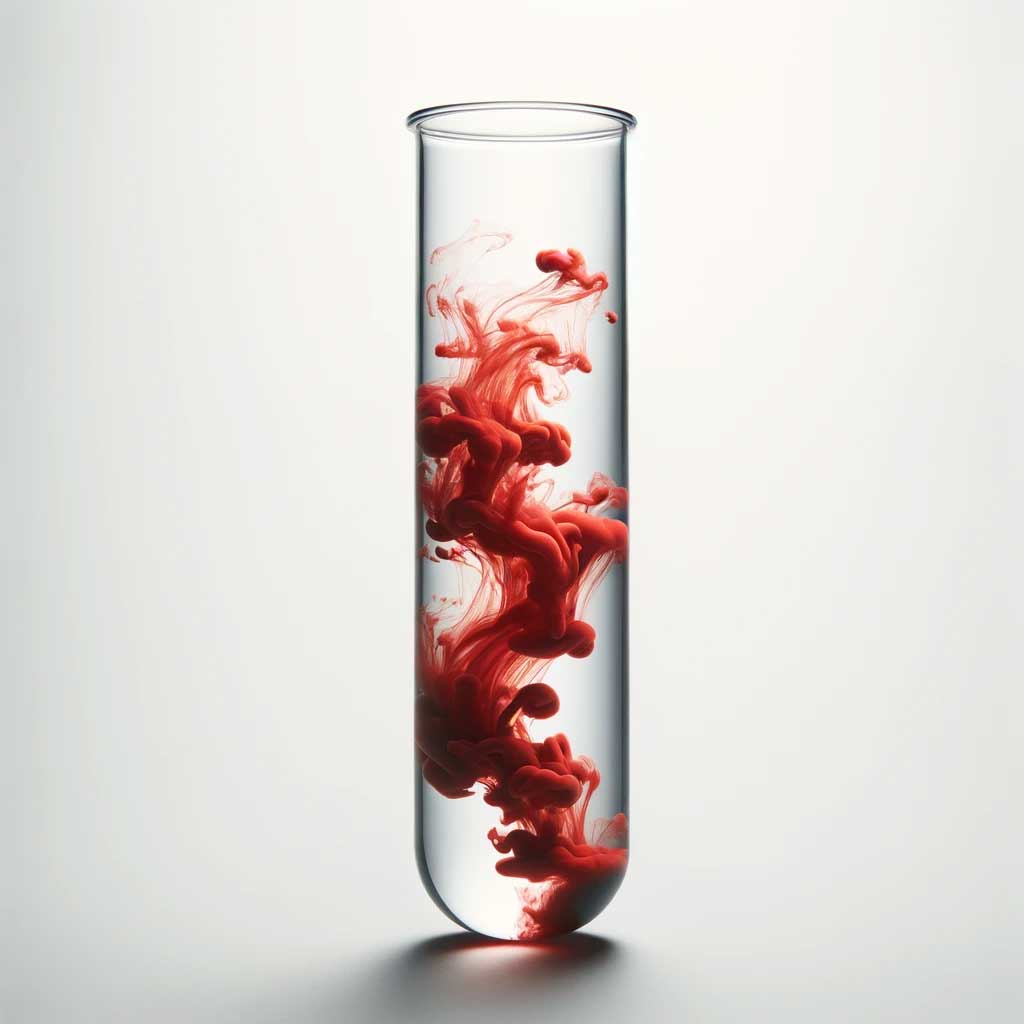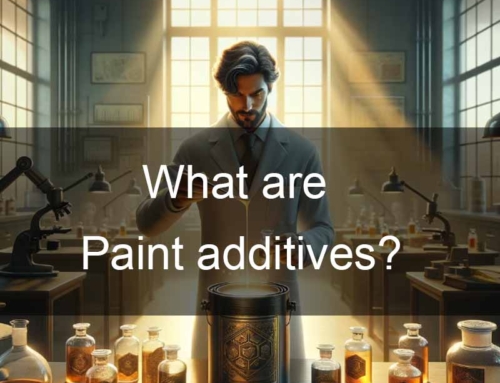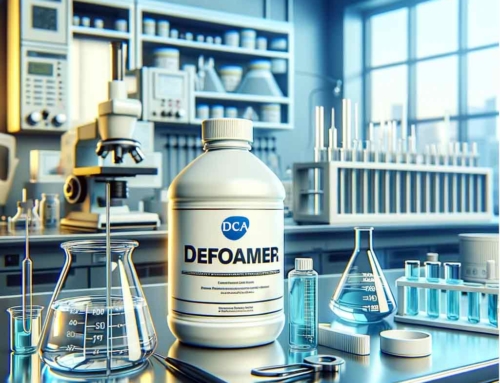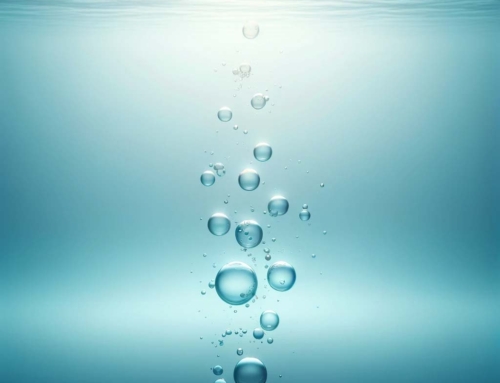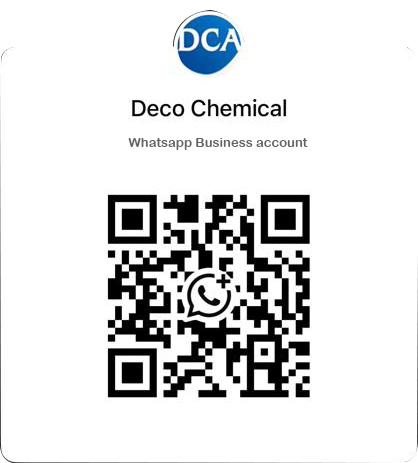3. What we suggest for you based on different conditions
3.1 Low-polarity system
Low polarity systems typically contain low polarity solvents, resins, and other additives.
These systems often use low polarity solvents (like alkanes or aromatic solvents) and resins. Low polarity resins may include certain types of polyurethanes, epoxy resins, etc.
| Pigments Type | First Choice | Second Choice | Synergist |
| Titanium Dioxide | DCA-5723 | ||
| Matting Agent | DCA-8417 | DCA-5722 | |
| Inorganic Pigments and Fillers | DCA-5723 | ||
| Red/Yellow Organic Pigments | DCA-8408 | DCA-8422 | |
| Phthalocyanine Blue/Green | DCA-8408 | DCA-8408 | DCA-8450 |
| Carbon Black | DCA-5722 | DCA-8408 | DCA-8450 |
| Mixed Pigments | DCA-805S |
3.2 Middle-polarity system
Midium polarity systems typically contain midium polarity solvents, resins, and other additives.
Resins:
-
Acrylic Resins: Widely used for water-based paints, known for versatility.
-
Vinyl Acetate-Ethylene (VAE) Copolymers: Commonly found in interior paints.
-
Styrene-Acrylic Resins: Offering good adhesion and water resistance.
Solvents:
-
Water: Primary solvent in water-based paints, environmentally friendly.
-
Glycol Ethers: Used as coalescents and viscosity reducers in water-based paints.
-
Propylene Glycol: Often added to control drying time in water-based coatings.
| Pigments Type | First Choice | Second Choice | Synergist |
| Titanium Dioxide | DCA-5122 | DCA-509 | |
| Matting Agent | DCA-8432 | DCA-509 | |
| Inorganic Pigments and Fillers | DCA-509 | DCA-5155 | |
| Red/Yellow Organic Pigments | DCA-8330 | DCA-5172 | DCA-8422 |
| Phthalocyanine Blue/Green | DCA-8330 | DCA-8432 | DCA-8450 |
| Carbon Black | DCA-5421 | DCA-6431 | DCA-8450 |
| Mixed Pigments | DCA-805S |
3.3 Middle and high polarity system
Midium and high polarity systems typically contain midium and high polarity solvents, resins, and other additives.
Resins:
-
Polyester Resins: Used in industrial coatings for their durability.
-
Phenolic Resins: Known for their heat resistance and chemical stability.
-
Polyamide Resins: Used in high-performance coatings due to their toughness.
Solvents:
-
Ketones (e.g., MEK): Used as solvents in high-polarity coatings.
-
Toluene: Provides good solvency in paints and coatings.
-
| Pigments Type | First Choice | Second Choice | Synergist |
| Titanium Dioxide | DCA-509 | DCA-9520 | |
| Matting Powder | DCA-6431 | DCA-9520 | |
| Inorganic Pigments and Fillers | DCA-509 | DCA-9520 | |
| Red/Yellow Organic Pigments | DCA-8330 | DCA-5172 | DCA-8422 |
| Phthalocyanine Blue/Green | DCA-8330 | DCA-9520 | DCA-8450 |
| Carbon Black | DCA-6431 | DCA-8330 | DCA-8450 |
| Anti-Flooding and Floating | DCA-805S |
3.4 Water based system
Resins:
Water-based paints use various types of resins, which provide different performance characteristics to meet various application needs. Here are some common types of resins used in water-based paints:
- Acrylic Resins: These are one of the most common types of resins used in water-based paints. Acrylic resins offer excellent weather resistance, adhesion, and water resistance. They are suitable for both interior and exterior coatings as well as decorative paints.
- Vinyl Acetate-Ethylene (VAE) Copolymers: VAE resins are typically used in interior water-based paints. They provide good abrasion resistance and adhesion, making them a common choice for interior wall paints.
- Styrene-Acrylic Resins: This resin type combines the properties of styrene and acrylic acid, offering good adhesion and chemical stability. They are commonly used in both decorative and functional water-based paints.
- Polyurethane Resins: Polyurethane resins are used in water-based paints to provide excellent wear resistance and chemical resistance. They are often used in wood coatings and floor paints.
- Acrylic Emulsions: These are water-based resin emulsions suitable for various coating applications. They provide outstanding weather resistance and water resistance.
- Polymer Emulsions: Polymer emulsions can include acrylic emulsions, vinyl emulsions, and others, used to manufacture various types of water-based paints, from wall paints to industrial coatings.
- Silicone Resins: Silicone resins are used in water-based paints to provide high-temperature resistance and chemical
| Pigments Type | First Choice | Second Choice | Synergist |
| Titanium Dioxide | DCA-666 | DCA-665 | |
| Matting Agent | DCA-6431 | DCA-6411 | |
| Inorganic Pigments and Fillers | DCA-666 | DCA-665 | |
| Red/Yellow Organic Pigments | DCA-9496 | DCA-9491 | DCA-8422 |
| Phthalocyanine Blue/Green | DCA-9491 | DCA-9496 | DCA-8450 |
| Carbon Black | DCA-9491 | DCA-9496 | DCA-8450 |
| Anti-Flooding and Floating | DCA-805S |
3.5 Nosolvent system( UV-curing)
| Pigments Type | First Choice | Second Choice | Synergist |
| Titanium Dioxide | DCA-8115 | DCA-509 | |
| Matting powder | DCA-8430 | DCA-6431 | |
| Inorganic Pigments and Fillers | DCA-509 | DCA-9520 | |
| Red/Yellow Organic Pigments | DCA-8430 | DCA-6431 | DCA-8422 |
| Phthalocyanine Blue/Green | DCA-8430 | DCA-6431 | DCA-8450 |
| Carbon Black | DCA-8430 | DCA-6431 | DCA-8450 |
